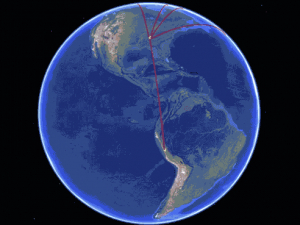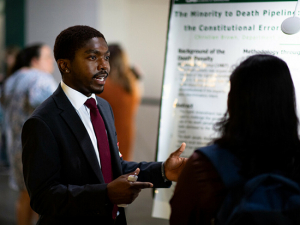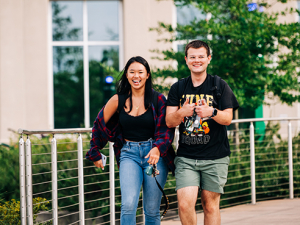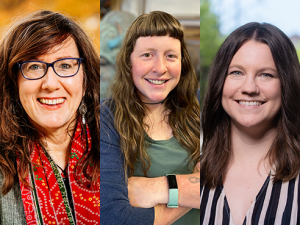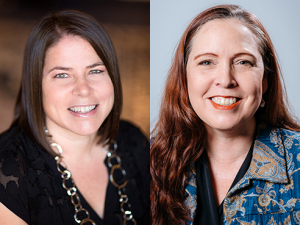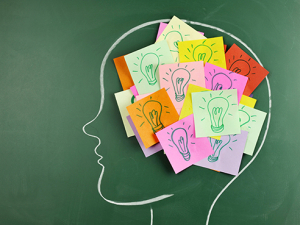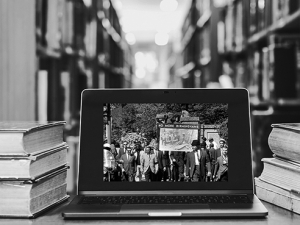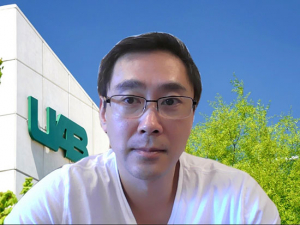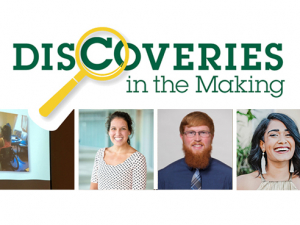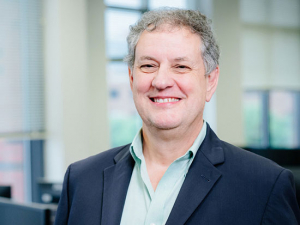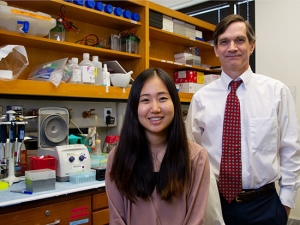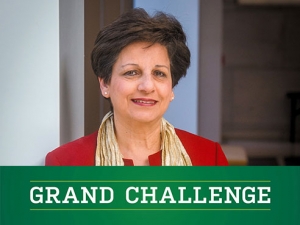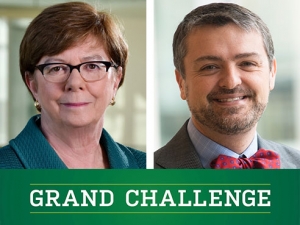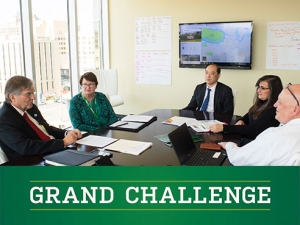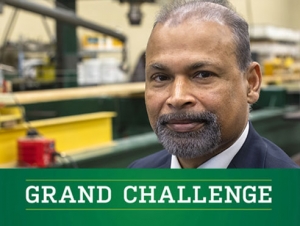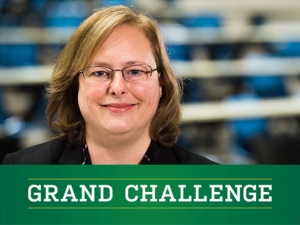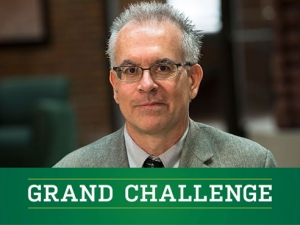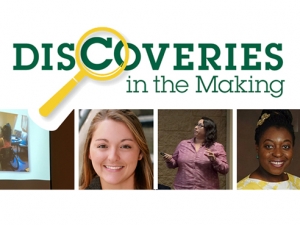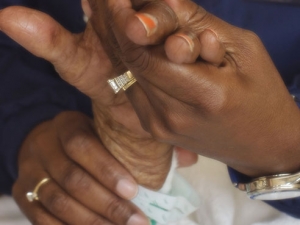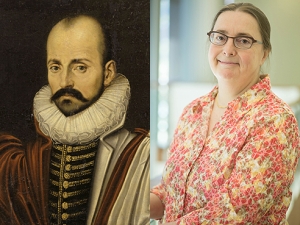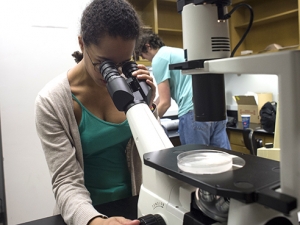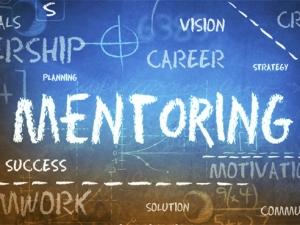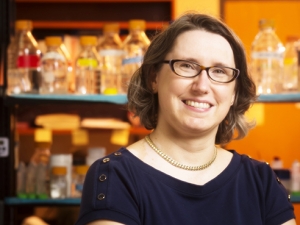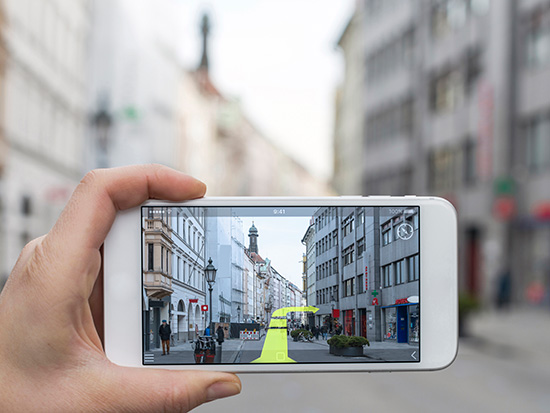 Technology can bring major benefits for people around the globe with disabilities, Tina Kempin Reuter argues in a new paper. Examples she cites include mobile apps using augmented reality to assist workers with intellectual and cognitive disabilities. What would a city look like if it used technology to improve human rights, instead of invading them? If it allowed all of its citizens — including marginalized groups — to shape the future, instead of relying on the vision of large tech companies?
Technology can bring major benefits for people around the globe with disabilities, Tina Kempin Reuter argues in a new paper. Examples she cites include mobile apps using augmented reality to assist workers with intellectual and cognitive disabilities. What would a city look like if it used technology to improve human rights, instead of invading them? If it allowed all of its citizens — including marginalized groups — to shape the future, instead of relying on the vision of large tech companies?
In a new paper in the Journal of Human Rights, Tina Kempin Reuter, Ph.D., director of the UAB Institute for Human Rights, argues that intentional inclusion — and surprisingly little extra investment — could bring a revolution for 1 billion people worldwide with disabilities.
Cities can lead the way, Reuter explains in “Human rights and the city: Including marginalized communities in urban development and smart cities.” More than 50 percent of the world’s population now lives in cities, she notes. That includes 50 percent of people with disabilities. And while nations make legislation, the real work gets done at the local level, Reuter explains, which means “cities can help translate universal human rights into the local cultural context.”
Technology and human rights
This spring, Reuter began a year-long Harvard Human Rights and Technology Fellowship with the Carr Center for Human Rights Policy, part of Harvard University’s John F. Kennedy School of Government. She now is working on a book on the question, “How can you use technology as an avenue to make cities more reflective of human rights — including equity and nondiscrimination?” Reuter said the July article in the Journal of Human Rights begins her exploration of the topic.
So-called “human rights cities” such as Geneva and Berlin go beyond national regulations to commit themselves to the standards of the United Nations Universal Declaration of Human Rights. This means they are committed to the rights to mobility, a sustainable and healthy environment, political participation, health and social justice, among others. All of these are areas in which people with disabilities typically are marginalized compared with other citizens. So “what happens if those cities are smart cities?” Reuter asked herself. “How do you take the Universal Declaration of Human Rights and use technology to implement that?”
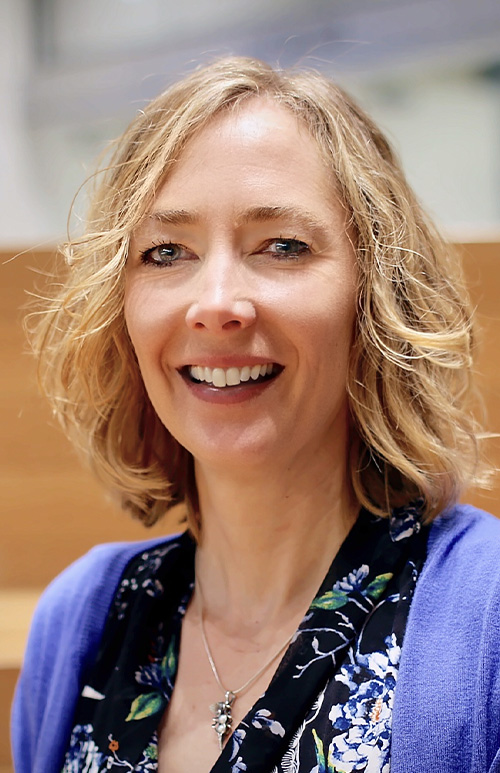 “Humans need to be the drivers of change, not just the ‘end users,’” Reuter said.
“Humans need to be the drivers of change, not just the ‘end users,’” Reuter said.
Mobility revolution
In her article, Reuter notes that mobile technology “has revolutionized access for persons with disabilities to a wide range of services” and increased “participation in global, national and local governance.” Technology can bring inclusion, for example, through video sign-language interpretation, captioning, screen readers, e-governance and telehealth. Artificial intelligence, augmented reality and sensors have the potential to remove even more barriers for persons with disabilities.
Demonstration projects offer some exciting glimpses. In Spain, a collaboration between NGOs and a wireless company created a series of mobile apps that use augmented reality to assist workers with intellectual and cognitive disabilities. The Who is Who app superimposes a directory of employee photos, names and titles on an image of the workplace to help persons with disabilities identify and locate colleagues. Another app overlays interactive instructions on real-world environments, giving workers with intellectual disabilities directions for operating printers, phones, washing machines and more. The app allows job coaches to tailor instructions to specific jobs and workplaces.
Connection gaps
These projects show what is possible. But it will take deliberate action, Reuter said, to make sure tech doesn’t leave people with disabilities where they already are — disproportionately ignored. The inaccessible sidewalks, buildings, parks and public transportation that are the “most visible problems” for people with disabilities in the physical world already have an analogue in the digital divide of cyberspace, Reuter explained.
While 92 percent of Americans go online at least occasionally, only 77 percent of those with disabilities do the same, she notes. Adults with disabilities are 20 percent less likely to have broadband internet access at home or own a computer, tablet or smartphone.
“The impact of not having the internet today is huge in terms of job opportunities and education, even if you have access at school,” Reuter said. Getting high-speed internet access to poor neighborhoods is “a big problem. Even if the fiber lines exist, companies don’t have the economic incentives to connect houses in those neighborhoods.”
Some city governments have stepped in to take on that role, Reuter said. But at this point, the much-hyped collaborations between cities and tech companies have focused on initiatives such as traffic reduction that are squarely aimed at middle-class residents.
Whose smart city?
“We look at the smart cities initiatives” — in cities such as Toronto, New York and Zurich — “and they are generally driven by large companies like Google or Cisco, working in combination with city governments,” Reuter said. It’s no accident that the concept drawings for these projects often reduce humans to dots on a map, “because that’s how the planners are thinking of them.”
Commitment to success for allTina Kempin Reuter’s exploration of inclusiveness in technology is a stellar example of the UAB shared values of diversity and inclusiveness, which call for all members of the university community to actively seek varied perspectives. |
Those planners, Reuter said, are typically “middle-class, straight white men, which means they will prioritize issues based on what they perceive to be the biggest needs.” That is why autonomous vehicles are so often a major focus, she added. If you are commuting into a city each day for work, traffic is probably one of your main concerns. “Poor people, persons with disabilities and women are often not on the developers’ minds, because that’s not their experience,” Reuter said. “It would be great to have no traffic jams, but that view doesn’t include bikers, pedestrians, leisure time.”
Working together
In her Journal of Human Rights paper, Reuter offers a model for an inclusive urban-development process. The driving force for change should be citizens and “civil society actors” such as NGOs representing people with disabilities and other marginalized communities and neighborhood associations, she says. These groups should partner with government, policymakers, industry and academia to ensure that all voices are heard.
“Evidence illustrates that making cities accessible bears no or neglectable additional costs when applying universal design principles to urban infrastructures, facilities and services from the initial stages of planning,” Reuter writes. But companies are unlikely to prioritize these improvements without external pressure. “The technology industry has traditionally been slow to assist in assistive technology,” because it is considered a small market, Reuter notes, “even though studies have shown that investments in accessibility also introduce benefits for wider groups of the population, such as older persons.”
Technology can make a real difference, Reuter said. But first, it must be clear who is in control. “Humans need to be the drivers of change, not just the ‘end users.’”
